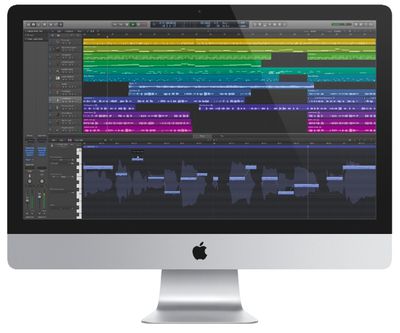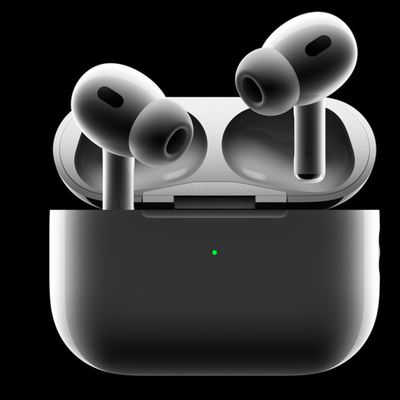Apple today updated its professional audio software Logic Pro X to version 10.0.7, adding support for 24 processing threads on 12-core Mac Pro models along with several new features to enhance the functionality of the app and an array of bug fixes.

What's new
- Now supports 24 processing threads on 12-core Mac Pro models
- The current volume, pan, and send values for all selected tracks can now be inserted at the playhead position
- Enabling Low Latency Mode no longer creates sync issues for Drummer, Ultrabeat, Native Instruments Machine and other plug-ins with integrated step sequencers
- Automation can now be copied and pasted to any location using the Marquee tool
- Adds an option for MIDI volume and pan data to control the instrument plug-in instead of the channel strip
- Resolves several snap and alignment guide issues
- Various fixes that improve XML import and export with Final Cut Pro X
- Contains multiple enhancements to Accessibility
Logic Pro X 10.0.7 can be downloaded from the Mac App Store for $199.99. [Direct Link]





















Top Rated Comments
Then you've obviously never used music software with multiple plugins. CPU gets eaten up FAST.
Fixed that for you.
If by "Input effects" you mean "effects processing for live guitars, vocals, etc." then well, hopefully that answers your question.
No-one who is a serious user of audio production applications has any question about the benefits of greater CPU power. As CPU power increases, we are asking more of our plug-ins in terms of both functionality and fidelity. I don't see that slowing down any time soon.
I'll often be in a situation where a track is 90% done, using Ozone, BFD, Ivory, etc. all playing back fine on a 1024 buffer. Then I decide I need to re-record or add a guitar part. I set the buffer down to 128 to do this and the Mac doesn't have the power to play the project at this setting.
People commenting that faster/more core CPUs aren't needed for audio don't know what they're talking about. Freezing tracks to reduce CPU is a PITA.